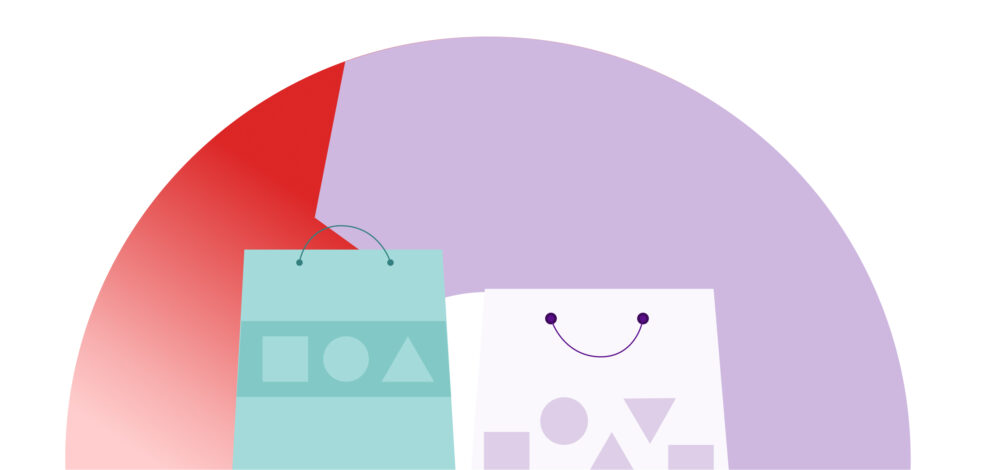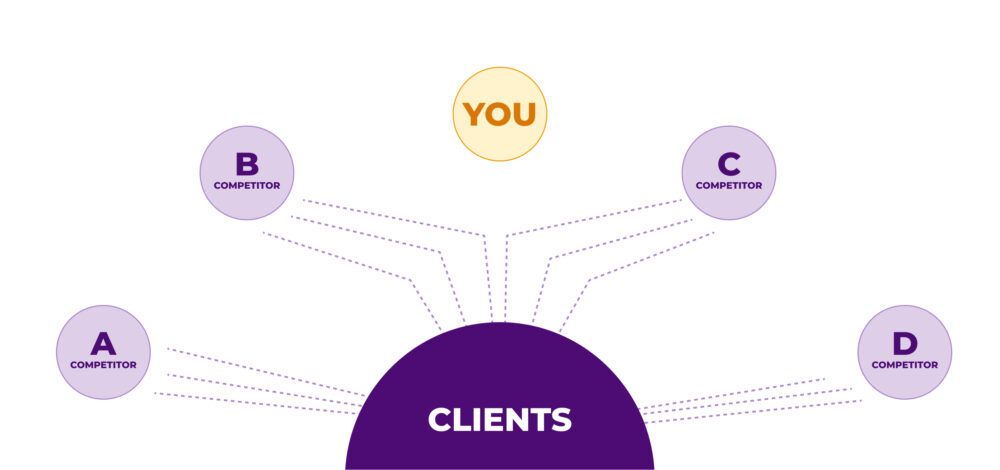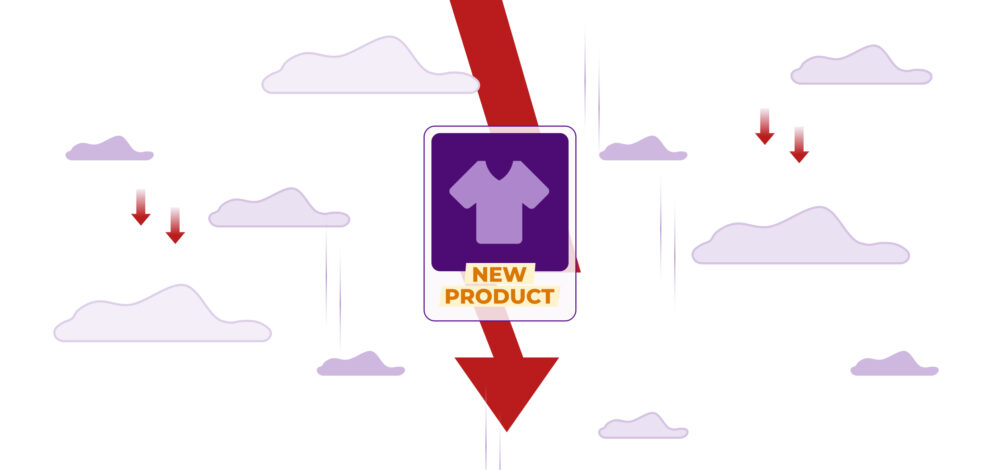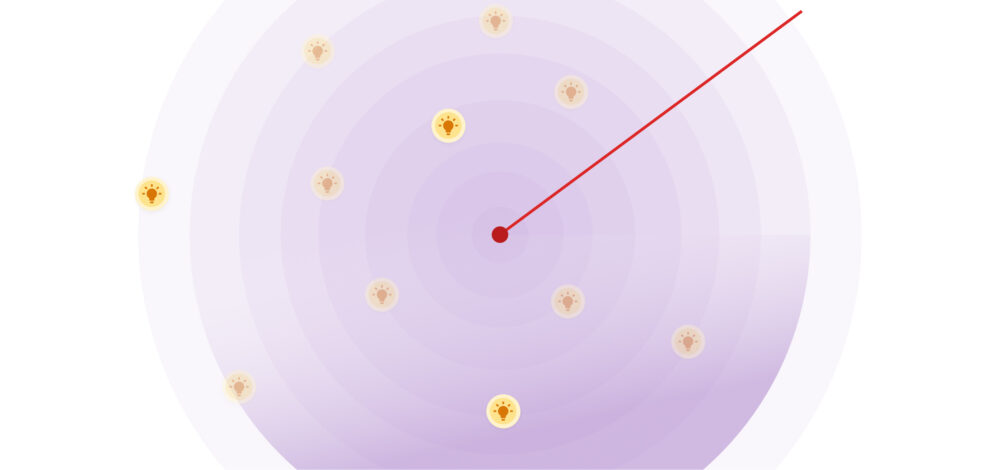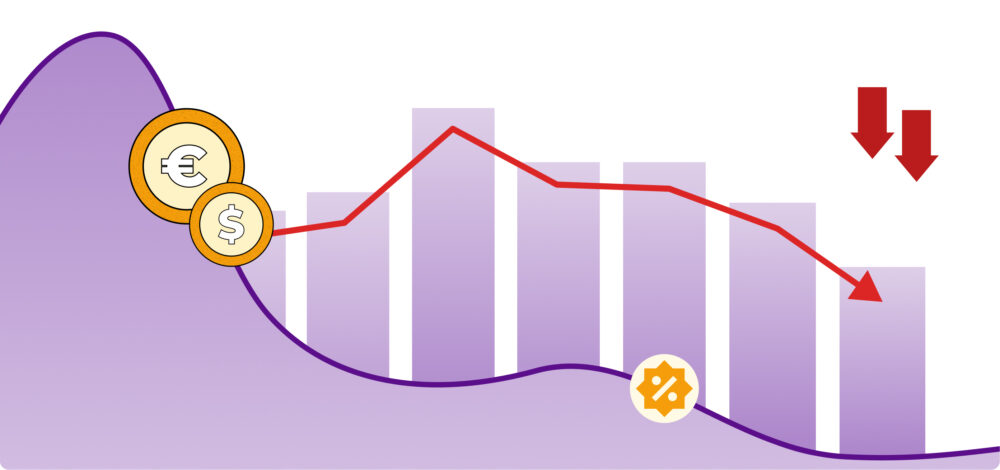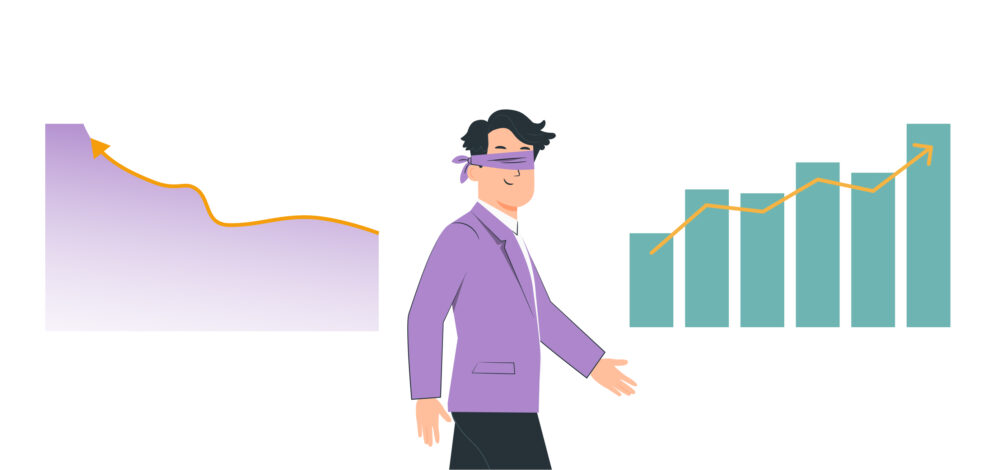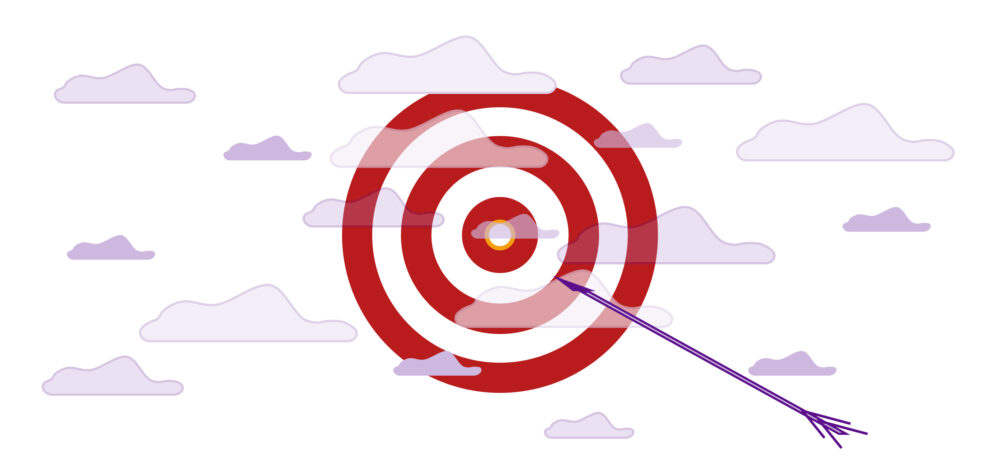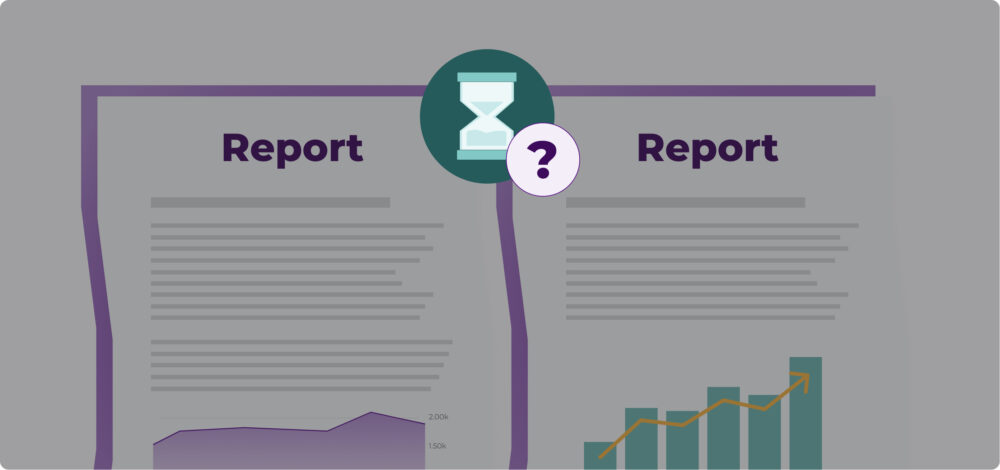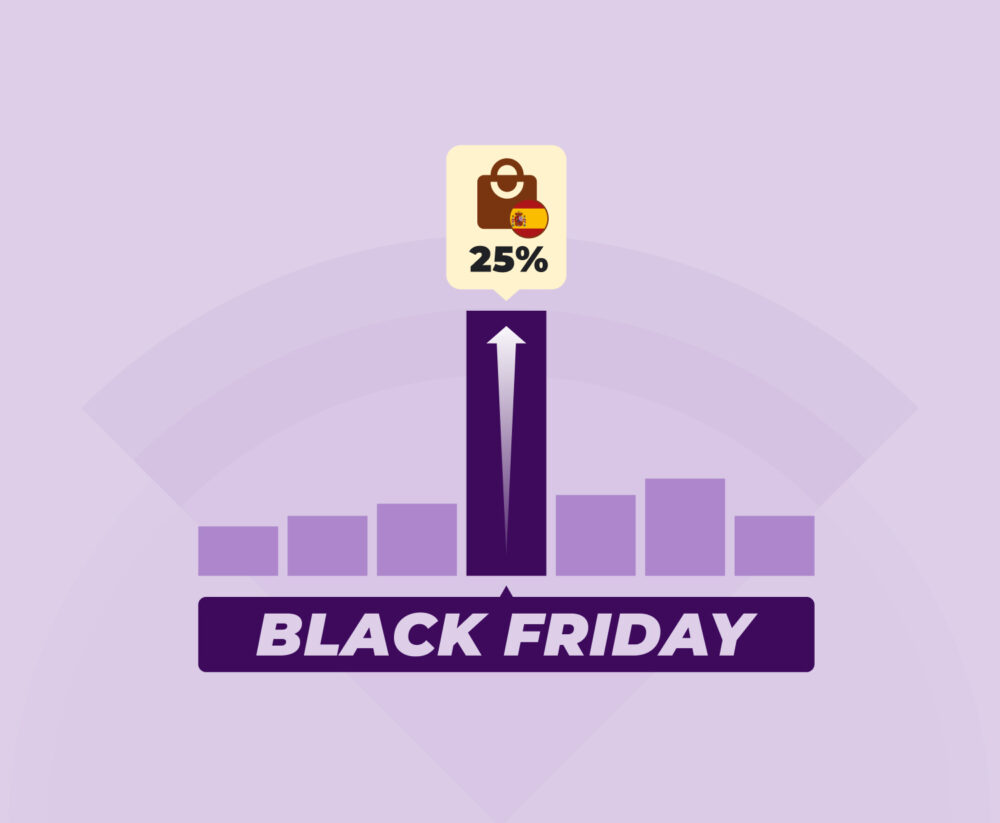10 Signs your Business Needs a Competitive Intelligence Strategy
Making strategic decisions without information is like launching yourself into a storm-tossed ocean without a map or compass. An unnecessary risk in a world where knowledge makes all the difference. Despite this obvious reality, many businesses continue to operate with limited visibility of their competitive environment.
We observe a paradoxical phenomenon in the contemporary business world: while 90% of Fortune 500 companies have already integrated systematic environmental monitoring as a fundamental discipline, a significant proportion of small and medium-sized enterprises still rely mainly on the intuition and experience of their managers to interpret market signals. This disparity in the adoption of structured methodologies creates significant vulnerabilities for organisations that, ironically, can least afford costly strategic errors.
Competitive Intelligence (CI) is the systematic process of gathering, analysing and applying information about competitors, customers and the market environment to support a company’s strategic decision-making. However, it is surprising to see that, even in 2025, many organisations continue to operate without implementing a formal strategy for monitoring the competitive environment.
The gap between the theoretical recognition of its importance and practical implementation represents one of the most dangerous blind spots for organisations. Decisions based on intuition or partial information inevitably lead to missed opportunities and undetected threats that could have been anticipated with the right tools.
Are you wondering if your business really needs it? In this article, we give you 10 warning signs that indicate it’s time to put Competitive Intelligence at the heart of your business strategy.
10 Warning Signs for your Business
1. You lose market share without a clear explanation
One of the clearest signs of the need for Competitive Intelligence is the gradual or sudden loss of market share without fully understanding the underlying causes.
When your sales decline or grow more slowly than the sector average, something is happening in the market that you are not detecting. Perhaps a competitor has significantly improved its value proposition, launched a disruptive innovation or implemented a more effective pricing strategy.
Without a CI system, these dynamics may remain invisible until the impact on your business is considerable and difficult to reverse. Competitive Intelligence provides you with the tools to quickly identify these changes and respond proactively.
2. Competitors’ actions frequently take you by surprise
Did you find out about a competitor’s product launch on television? Were you surprised to discover that your main rival has entered a new market or established an unexpected strategic alliance?
If your competitors’ actions constantly take you by surprise, it’s a clear sign that you need to strengthen your competitive monitoring. Thanks to Competitive Intelligence, 56% of executives point to monitoring potential competitors and making plans to conquer new markets over the next three years.
An effective CI strategy allows you to anticipate competitors’ moves by:
- Systematically monitoring advertisements, prices and promotions.
- Analysing R&D activities and new products launched onto the market.
- Evaluating competitors’ capabilities and limitations
Surprise in business is rarely positive. Competitive Intelligence reduces the surprise factor and allows you to prepare strategic responses in advance.
3. You perceive that customers are fleeing to competitors
Customer loyalty should never be taken for granted. When you notice an increase in churn or that key customers are starting to diversify their purchases with competitors, it’s fundamental to understand why.
Customer migration is usually gradual and, without a CI system, it can go unnoticed until it reaches alarming levels. An effective Competitive Intelligence strategy helps you to:
- Identify which competitors are attracting your customers
- Understand the comparative advantages they are offering
- Detect changes in customer needs or preferences
- Anticipate vulnerabilities in your customer portfolio before they materialize into losses
Remember that winning back a lost customer costs significantly more than retaining them. CI provides you with the tools to detect early signs of dissatisfaction and act before your customers decide to leave.
4. Your launches fail or your products do not succeed in differentiating themselves
Developing new products or services requires a considerable investment of resources. If your launches don’t meet expectations or are quickly overtaken by the competition, you probably lack a deep understanding of the market and the competitive landscape.
Competitive Intelligence can drastically improve your success rate by:
- Detailed analysis of competitor products and their differentiating features
- Identifying unmet needs in the market
- Evaluating emerging technology and consumption trends
- Understanding competitors’ positioning strategies
With this information, you can develop truly differentiated products that meet real market needs and are difficult for your competitors to replicate.
5. You feel you are swimming in a sea of data, but you lack actionable intelligence
In the digital age, most businesses don’t suffer from a lack of data but from an inability to convert it into practical, actionable knowledge. According to a Forrester Research study, companies analyse only around 12% of all the data they collect. That means a staggering 88% of opportunities and threats go unnoticed.
If your organisation collects enormous amounts of information but continues to make decisions mainly based on intuition, it’s a clear sign that you need a more structured approach.
Competitive Intelligence is not just about collecting data but about:
- Filtering relevant information from the constant noise
- Structuring data to facilitate meaningful analysis
- Interpreting patterns and trends with strategic implications
- Transforming analysis into concrete recommendations for action
A well-implemented CI strategy converts information overload into a strategic asset instead of a source of decision paralysis.
6. You struggle to identify new business opportunities
Sustainable innovation requires a deep understanding of a business ecosystem that changes every day. If your business is struggling to identify new avenues for growth or diversification, it could be operating with too limited a view of its competitive environment.
Competitive Intelligence broadens your perspective by:
- Mapping complete ecosystems beyond direct competitors
- Identifying emerging trends in adjacent industries
- Analyzing strategic movements of dominant players in other sectors
The most valuable opportunities are often found at the edges of your current knowledge. CI helps you systematically explore those unknown spaces where disruptive innovations are forged.
7. Your pricing strategy doesn’t seem to be effective
Setting optimal prices is one of the most complex and consequential decisions in any business. If your prices are generating resistance in the market, triggering destructive price wars or simply not maximizing your profitability, you are probably lacking critical information about the competitive dynamics.
A robust Competitive Intelligence strategy provides:
- Comparative analysis of price structures in the market
- Understanding of customer perception of value
- Assessment of price elasticity in different segments
- Anticipation of competitive reactions to price changes
Using these insights, you can develop a pricing strategy that balances value capture and market share, avoiding both leaving money on the table and stimulating aggressive reactions from the competition.
8. Your management team lacks information about the competitive environment
Strategic meetings in your organisation are characterized by discussions about competitors based on anecdotes, personal perceptions or outdated information. Managers have contradictory views on who your main competitors really are and what their strengths and weaknesses are.
This lack of shared and validated information hinders effective decision-making. Competitive Intelligence can provide you with a unified and objective view of the competitive landscape. Furthermore, you will also have up-to-date and verified information on relevant market movements. And you can analyse forward-looking scenarios to facilitate strategic planning.
When the entire management team operates with the same quality information, strategic decisions become more consistent and aligned with market reality.
9. Strategic planning and forecasts are constantly inaccurate
If your strategic plans rarely come to fruition and your forecasts for sales, costs or market behaviour deviate significantly from reality, it’s likely that you are operating with incorrect or incomplete assumptions about your competitive environment.
Competitive Intelligence improves the accuracy of your planning by:
- Validating strategic hypotheses with objective data
- Providing advance indicators of market changes
- Identifying external factors that could affect your results
- Reducing uncertainty through scenario analysis
An effective CI strategy doesn’t eliminate uncertainty entirely but significantly reduces the range of surprises and allows for more agile adjustments when conditions change.
10. You lack up-to-date information on industry trends
The final critical indicator is a lack of knowledge about emerging trends that could transform your industry. If disruptive innovations, changes in consumer preferences or new regulations take you by surprise, your business is operating with dangerous blind spots.
In a business environment characterized by accelerated change, the ability to detect emerging trends early on can make all the difference between leading your industry’s transformation or becoming its victim.
Implementing a Competitive Intelligence Strategy
If you have identified several of these signs in your organisation, it’s time to seriously consider implementing a formal Competitive Intelligence strategy. This process doesn’t have to be overwhelming if approached in a structured way:
- Assess your specific needs: Identify what critical information you lack to make better strategic decisions.
- Design a process tailored to your circumstances: CI doesn’t necessarily require large initial investments. Start with a limited and scalable approach.
- Designate clear responsibilities: Assign responsibility for coordinating CI efforts to individuals with analytical ability and strategic vision.
- Establish reliable information sources: Identify and prioritize relevant data sources, both public and specialized.
- Develop analytical methodologies: Define how you will transform the collected data into actionable insights.
- Integrate CI into decision-making: Ensure that the results of your competitive analysis are systematically incorporated into strategic decision-making processes.
- Measure the impact: Set indicators to evaluate how Competitive Intelligence improves your decisions and results.
Remember that CI isn’t a one-off project but an ongoing process that must evolve with your organisation and its competitive environment.
Why act now? The competitive environment in 2025 will be unforgiving
Digital transformation, artificial intelligence, sustainability and personalization are changing the rules in all sectors. In this context:
- The speed of change in markets is exponential
- Competitors emerge from unexpected sectors
- Technological disruption redefines entire industries in a matter of months
- The available data has multiplied, but extracting value from it requires structured methodologies
Competitive Intelligence has become a strategic necessity rather than an optional advantage. If you don’t have a systematic competitive intelligence process in 2025, you risk losing customers, becoming obsolete and limiting your growth.
Remember that, as businessman Mark Cuban said:
“Information is power, particularly when the competition ignores the opportunity to do the same.”
Conclusion
The ten signs described in this article are clear indicators that your business needs to strengthen its Competitive Intelligence capabilities. In today’s business environment, operating without a deep understanding of your competitive ecosystem is to take unnecessary risks.
The good news is that implementing an effective CI strategy is within the reach of organisations of any size. Technology tools such as flipflow, our market analysis platform, can radically transform this capability within your organisation, providing you with actionable data on the market and your competitors in real time. With intuitive interfaces and advanced processing algorithms, flipflow removes the technical complexity traditionally associated with Competitive Intelligence, allowing you to focus on strategic interpretation and informed decision-making.
Competitive Intelligence shouldn’t be seen as an expense but as an essential investment in the sustainability and growth of your business. Organisations that develop this capability, supported by technology solutions such as flipflow, not only avoid potential threats but also identify strategic opportunities that remain invisible to their less informed competitors.
Ultimately, CI provides the visibility needed to navigate confidently in an ocean of uncertainty. With the right tools, this visibility becomes a sustainable competitive advantage. Can your business afford to operate blindly in the competitive business landscape of 2025?

